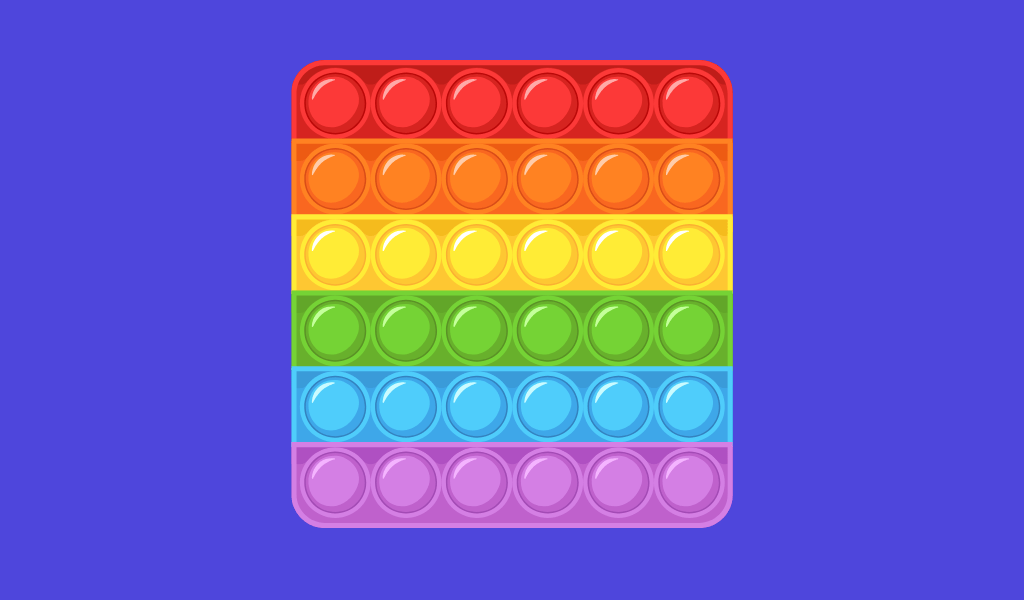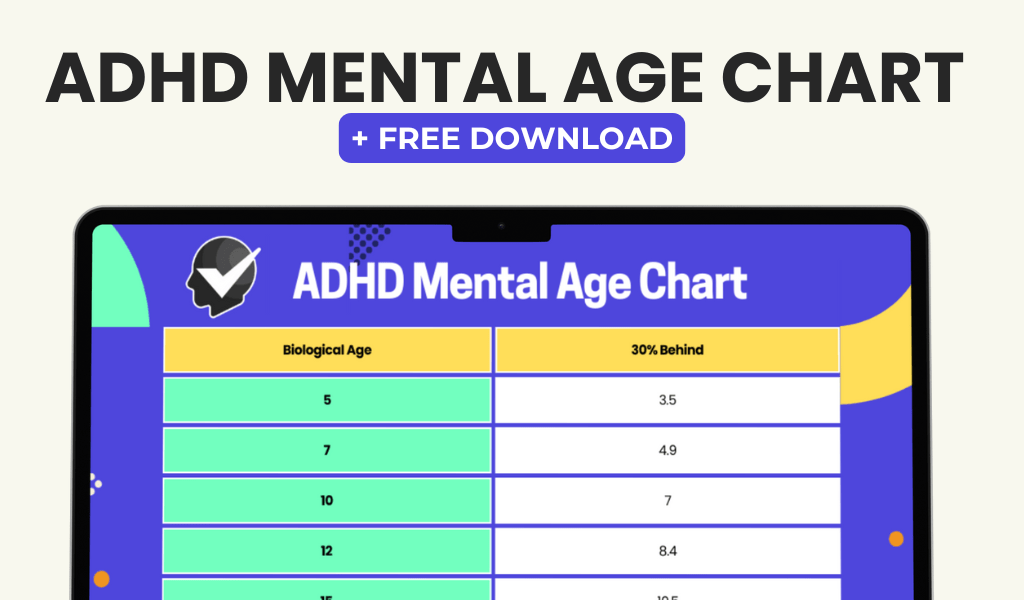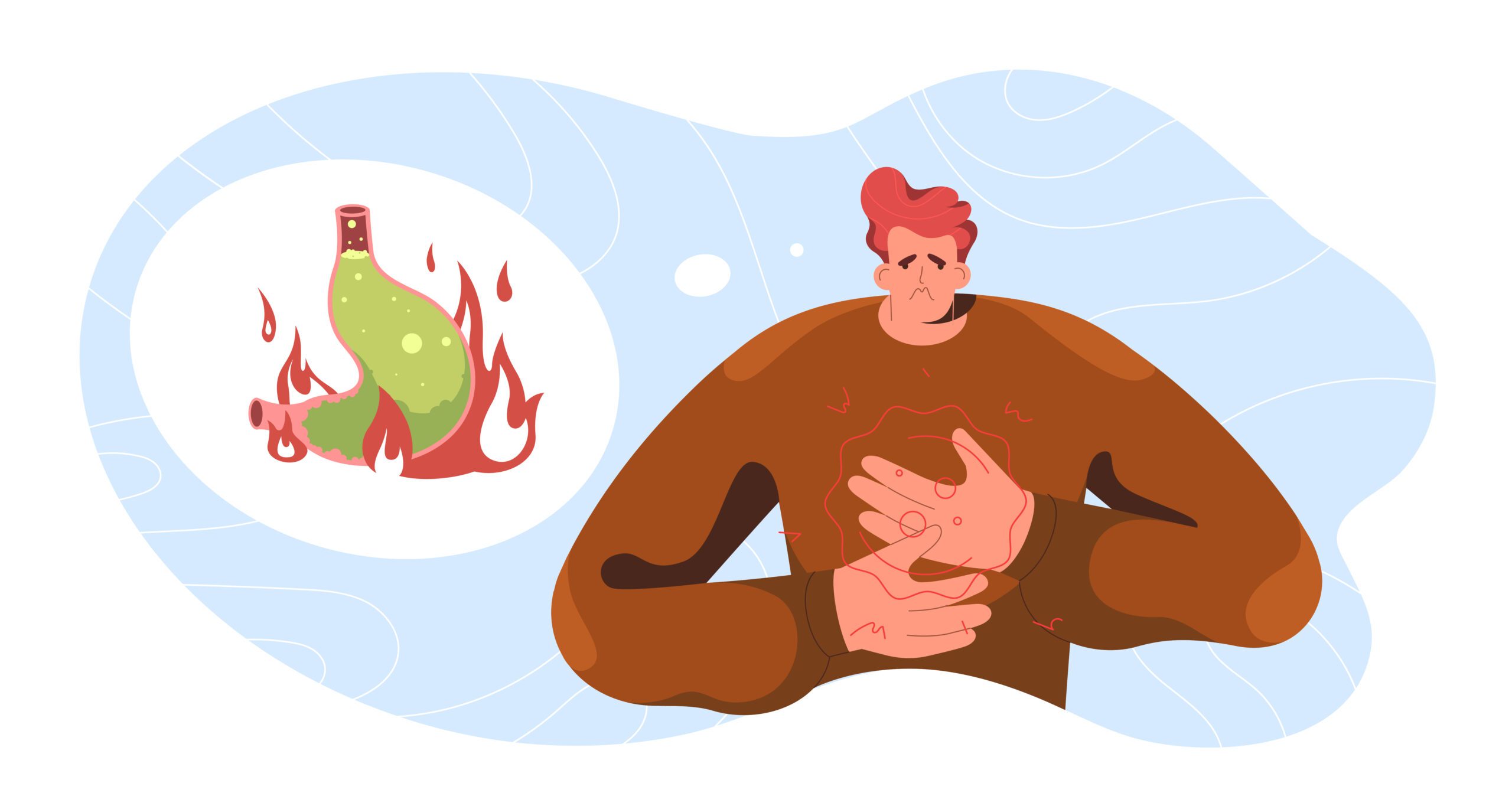Oral fixation in ADHD often shows up as nail-biting, chewing on pens, or always needing something in the mouth. These symptoms are more than just habits—they’re ways people with ADHD manage stress, energy, and emotions. For those with the hyperactive type, these actions provide an instant calming effect or help release excess energy.
However, excessive oral fixation can lead to health concerns such as dental damage or digestive problems. Understanding its roots allows for tailored interventions, such as using sensory toys or stress-management techniques, to redirect these habits effectively. Identifying and managing oral fixation in ADHD is vital for improving overall focus and well-being
In this article, we’ll walk you through the seven proven ways to tackle oral fixation in ADHD in your daily routine and answer some of the burning FAQs out there.
Table of Contents
5 Ways To Tackle Oral Fixation in ADHD
Here are some of the best oral fixation in ADHD techniques you can incorporate:
1. Incorporating oral fixation in ADHD techniques into daily routine
Incorporating oral stimulation techniques in everyday life can help in relieving symptoms associated with ADHD. One of the common techniques includes making use of sensory objects, such as chewable jewelry or gum, to engage in oral behavior that individuals with ADHD are prone to.
If you’re interested in incorporating chewable jewelry into your daily routine then I’d suggest going for necklaces or bracelets made with chewable material and designed to be safe to improve oral fixation. This chewable jewelry by Tilcare is a popular choice among people with oral fixations. However, if chewable jewelry isn’t your cup of tea, you can also go for sugar-free chewing gum that can be easy to use and acceptable even in public to mitigate oral fixations and promote oral hygiene.
Another technique is to engage in activities that naturally provide oral stimulation, such as drinking water through a straw and eating crunchy and juicy fruits and vegetables.
For children, you can set up a chart where children who suffer from ADHD earn stickers or points each time they choose a healthier behavior (e.g., using a chewable tool instead of biting nails). Accumulated points can be exchanged for rewards like a favorite snack, extra screen time, or a small toy.
2. Incorporating behavioural interventions and positive affirmations
Oral fixation-related behaviors can be changed using appropriate behavioral therapies. Positive reinforcement is important; celebrating modest achievements can boost motivation and retention. You can also begin your day with reciting some of the positive affirmations like;
“I have the power to choose healthier habits each day.”
“I am patient with myself as I learn to build new habits.”
“Every small step I take is progress, and I am proud of myself.”
Establishing organised habits can also help channel impulsivity effectively, lowering the likelihood of oral fixation.
Fidgeting and focus often go hand in hand for people with ADHD, so activities that keep hands busy can actually help them concentrate better! Any way of finding constructive outlets for energy like starting a hobby (i.e. join a baking class or crafting pottery) can usually foster a more engaged environment.
3. Using an ADHD resources to manage oral fixation
Tracking ADHD behaviours might help you recognise patterns and manage symptoms efficiently. Here are a few resources and tools that you can use:
- ADHD apps: Tody and Bearable are two popular apps that help you organize your duties and routines while also offering an overview of how certain aspects affect ADHD symptoms.
- ADHD Journals & Planners: A personalized approach to record daily activities, moods, and triggers, allowing people to see their routines and symptoms. This planner by Sweetzer & Orange Store is a best seller among people with ADHD.
- Behavioural Checklists: ADHD symptom checklists, accessible from organizations such as CHADD (Children and Adults with Attention-Deficit/Hyperactivity Disorder), can be printed and used on a regular basis to monitor symptoms.
- Train with Gadgets: Use gadgets like Muse, a brain-sensing headband that tracks your brain activity to help reduce stress, improve mood, and cultivate peace of mind. Buy now with this link to get 15% OFF on the Muse Meditation Headband.
Besides that, books, blogs, and online forums can all give useful information and recommendations you need to deal with ADHD and oral fixation. Many recognised ADHD groups provide tools designed particularly to combat oral fixation behaviours. These resources might include articles, toolkits, and self-help books that provide evidence-based solutions for treating oral fixation in the context of ADHD.
4. Utilizing ADHD Testing to Identify Oral Fixation Triggers

ADHD testing can help to identify oral fixation triggers and establish specific solutions for treating this behavior. Comprehensive ADHD testing is a full assessment of your symptoms and cognitive performance. This assessment can aid in identifying particular causes for oral fixation, such as tension, boredom, or sensory-seeking behavior.
5. Seeking professional support for managing ADHD and oral fixation
Seeking expert help is critical for effectively controlling ADHD and oral fixation. Psychologists, psychiatrists, and behavioral therapists can offer specialized treatments and assistance that are suited to your specific requirements. For example, behavioral therapy can help people with ADHD build new coping strategies for dealing with oral fixation behaviors. This might involve learning relaxation techniques, practicing mindfulness, or using positive reinforcement to foster good behaviors.
In certain cases, medication may be prescribed as part of an overall ADHD treatment approach. Stimulant medications such as methylphenidate or amphetamine-based drugs are commonly prescribed to help manage symptoms of inattention and hyperactivity. You can also platforms like Online Therapy to get access to life-changing therapy & tools online from professionals.
FAQs
Do people with ADHD have oral fixations?
Yes, people with ADHD can experience oral fixations. Oral fixation in ADHD sometimes shows as repeated behaviors such as nail-biting, chewing on pens or pencils, or eating or drinking excessively when not hungry. These behaviors give sensory stimulation and can help cope with high levels of emotions, energy levels, and concentration, all of which are common issues for people with ADHD.
How to help children with ADHD who have an oral fixation
To help children with ADHD who have oral fixations, try using chewable sensory items, crunchy snacks, or sugar-free gum as safe mouth stimulation. You may also use positive reinforcement and planned activity breaks to help them control their energy levels.
What is oral stimming ADHD?
ADHD stimming occurs when a person with ADHD engages in self-stimulatory behavior by repeating particular noises and actions subconsciously. Oral fixation falls within this group.
How does oral fixation manifest in individuals with ADHD?
In individuals with ADHD, oral fixation may manifest as a constant need to chew on objects, such as pens or pencils, bite nails, or engage in other oral behaviors. This can be a way for individuals to cope with restlessness or difficulty focusing.














